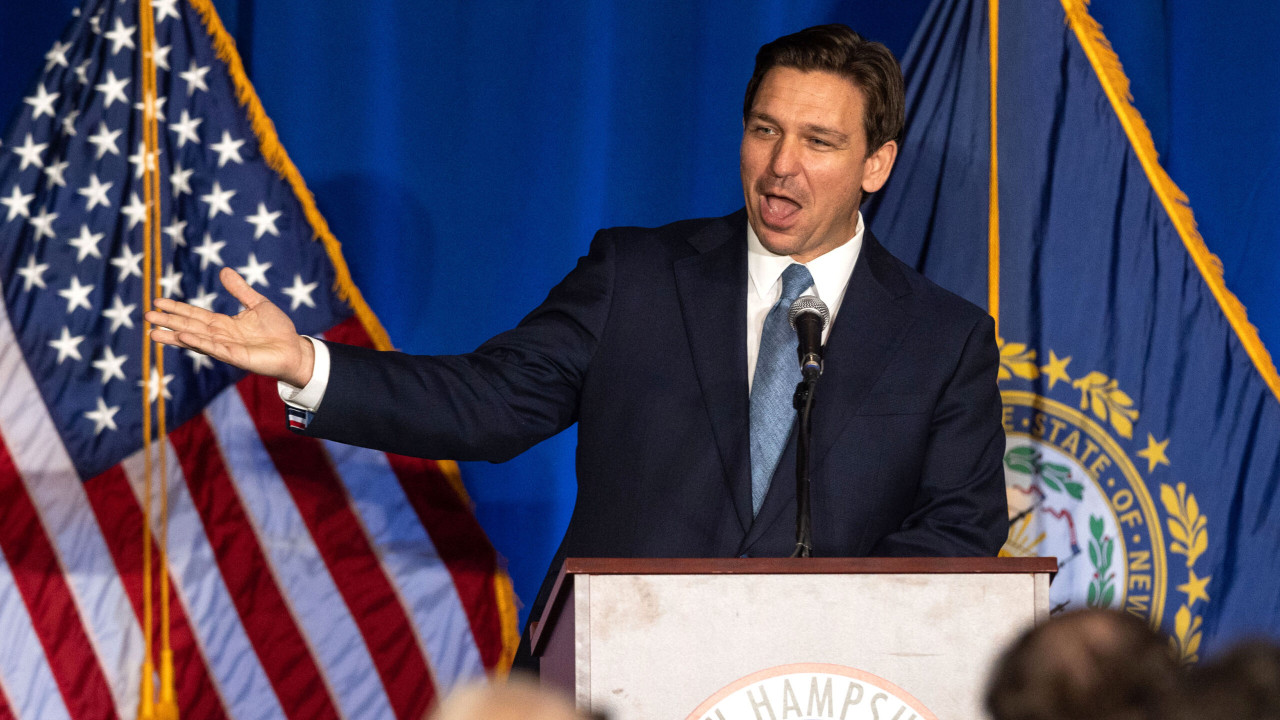Documents leaked online show that China has targeted the United States and other countries with up to four other spy balloons, according to a new report.
Several of the documents that were posted in a Discord channel, allegedly by 21-year-old Air National Guardsman Jack Teixeira, show that China has repeatedly used spy balloons around the world, according to a report from the Washington Post.
One of the additional spy balloons detailed in the document flew over a U.S. carrier strike group with no confrontation, while another balloon crashed into the South China Sea. Information on when these incidents occurred is not certain.
The documents also reveal new information about the technological capabilities of the widely known spy balloon, known as Killeen-23, that was shot down over the Atlantic in February after passing over much of the continental United States. Details from three balloons are discussed in a document from February 15, just days after Killeen-23 was shot down, by the National Geospatial-Intelligence Agency (NGA). In addition to Killeen-23, the other two balloons are known as Bulger-21 and Accardo-21.
According to the document, Bulger-21 traveled around the world from December 2021 until May 2022 armed with surveillance equipment. It reportedly had a “full motion video payload with a capability to zoom.”
The Post reported that the documents also appear to link Bulger-21 with the Eagles Men Aviation Science and Technology Group, a company sanctioned in connection to the spy balloon incident earlier this year.
The documents show that Killeen-23 could generate about 10,000 watts of solar power, meaning that it could have operated a synthetic aperture radar giving it the ability to generate images during the night and see through thin layers, according to The Post.
However, the NGA document also shows that U.S. intelligence did not have a full understanding of Killeen-23. For example, one of the documents says that U.S. analysts had “no imagery collections of the bottom of the Killeen-23 payload to analyze for an optical sensor.”
CLICK HERE TO GET THE DAILYWIRE+ APP
This shows that the U.S. did not have an understanding of what exactly the spy balloon was able to survey, but still decided to let it fly all the way from Montana to the coast of South Carolina.
The documents were from the trove of documents allegedly leaked by Teixeira, who was arrested earlier this week in Massachusetts. Other leaked documents contain information relating to the Russia-Ukraine War, including suggestions that the U.S. believes the war could go on significantly longer.



